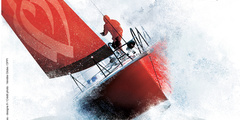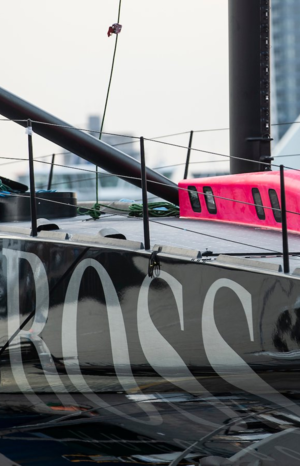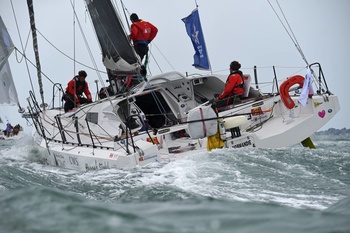The history of this regatta is already 23 years, during which six races were held, the current one is the seventh. Detailed history of the origin of this regatta, and about the person who stood at its foundation, we have already told earlier, so we will not spend too much time now history.
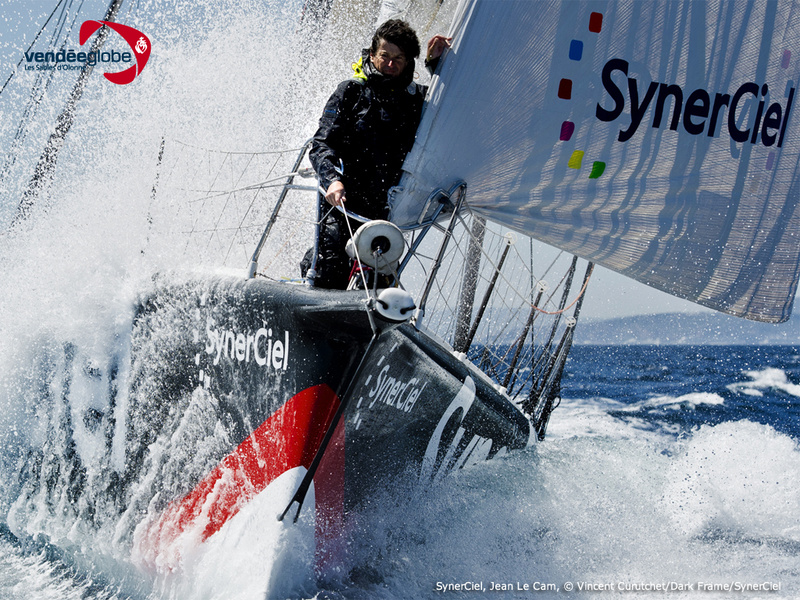
Okay, Vendee Globe (in Russian it is correct to pronounce «Vandea Globe», not «Wendy Globe»), for the name of the regatta includes the name of one of the departments in France, which we pronounce as Vandea. This department is widely known for the so-called «Vandeya rebellion», which took place during the Great French Revolution and made its name the nominal symbol of the aggressive counterrevolution.
The people of Vandeya have always been distinguished by three qualities: high loyalty to royalty, incredible tenacity and love of the sea.
And even if the first of them in the past 200 years has not been erased from memory (despite the absence of royal power as such), the love of the sea and stubbornness of them, even more so, even if it is overwhelming. Therefore, it is not surprising that the starting point of the regatta was one of the towns of this department, nothing special in sailing previously unnoticed (this is not Caus, Newport, Kiel and even Porto Cervo with Portofino). By the way, the main sponsors of the race are the starting city of Le Sables d'Olonne and the Department of Vandea.
The rules of the race are relatively simple: drivers can only race on yachts of Open 60 class (until 2004, it was possible to race on yachts of the now extinct Open 50 class, and in earlier years, people used to go on start and not in class boats at all), homologated by the association of the class. IMOCA. All yachtsmen shall qualify for a minimum of 2,500 miles of solo sailing on the same boat they are about to compete in the race. This year, all drivers were to arrive at the start site no later than October 20 so that the race organizers could conduct tipping-over tests on their yachts, conduct a medical examination of the athletes and organize training and safety drills for the drivers themselves.
Open 60 Class yachts are very serious sports equipment today.
The peculiarity of this open class (hence - «Open») is that the rules of the class require the designer only to save a few basic parameters of the boat, and otherwise he is free to draw virtually anything he wants. Typical Open 60 of the latest generation is 60 feet long (18 meters), about 6 meters wide, draft over 4 meters, displacement from 6 to 9 tons. Boats of this type can carry up to 600 m² of canvas on their sailing courses, which allows them to easily go out for waxing. The speed performance of Open 60 is illustrated by the following figures: in 2003. Alex Thomson went through his Hugo Boss in 24 hours at 468.72 miles, which means an average speed of 19.53 knots.
All these boats have been and are built exclusively for races involving one (maximum two) person, so great attention is paid to ergonomics and safety of the yachtsman. It is on these yachts that «swinging capsules» were created - united in a single whole navigating tables together with chairs, suspended on a cardan hanger and maintaining an upright position in any roll and roll. Another distinguishing feature of Open 60 is the «veranda», a part of the cockpit covered with a developed canopy of the deckhouse, where the designers try to concentrate maximum control of the yacht. Being on «the veranda», the athlete is safely covered from the waves and wind, he can take at least a little nap in safety, but always ready «to take the reins in their hands». And the athletes are sleeping pretty badly during this race.
On average racers sleep no more than five hours a day - and so during all three or four months of the journey!
This year there were 20 daredevils - less than in record 2008, when 30 boats went on start (however, it should be noted that now the maximum number of participants can not exceed 25). They will travel 28,400 miles on the general course around three capes: Good Hope, Lewin and Gorna. One official «turning point awaits the yachtsmen on this course» - the tiny island of Gough in the South Atlantic, which they will have to turn «left» and lie on the course for the Indian Ocean.
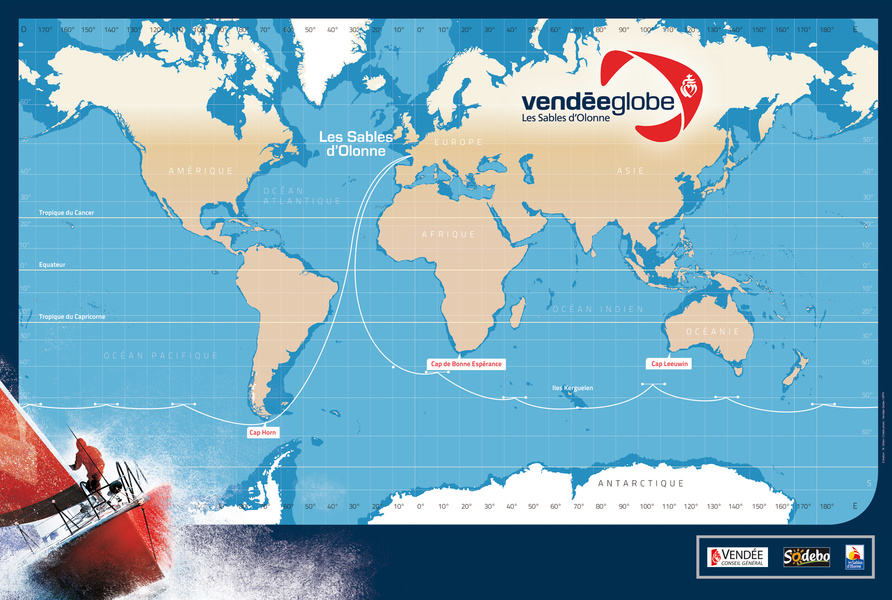
But that's not all - at the distance organizers put seven latitudinal «gates 445 miles» wide each, through which the yachts must necessarily pass (you can not go through the «gate» through, and enter them on the one hand and there to go out: the main thing - to climb the latitude above «the gate»).
What is the meaning of this gate? The first of them are located at the southern tip of Africa and their task is to prevent the athletes from going too close to the shore, facing the dangerous Agulhas Current. The next gate is located at 50° S in the Indian Ocean to keep the riders from going too far south. The three following gates are positioned so that the yachtsmen are not more than 1,200 miles away from the coasts of Australia and New Zealand (so that assistance can be provided, if anything happens). The last two gates are at 52° S in the Pacific Ocean. - again, to prevent the riders from leaving for dangerous southern latitudes.
Well, for a yachtsman's life not to look like honey, he is forbidden to take any help and go to any port - it is tantamount to leaving the race. Even using a personal coastal meteorological consultant is forbidden - only publicly available synoptic information. The only relaxation is during the first 10 days of the race: in this period you can still go back, fix the breakage and start again.
Then the drivers are left alone with the ocean without the right to help in case of a mistake.
Who went to the start of the race this year? Those are the favorites:
- A 49-year-old Swiss living in France... Bernard Stamm. (his yacht is traditionally called Cheminées Poujoulatshe's the only one in this fleet designed... Juan Kouyoumdjian.). His main achievements: two victories in the round-the-world single race. Around Alone and Velux 5 Oceans (2003 and 2007) and two Atlantic crossing records (solo and team). In the circle of yachtsmen has the nickname "jet".
- Frenchman Jeremy Bijoux (36 years old, Maitre CoQ). Highest achievements: double (2005 and 2011) winner of the French national regatta. Solitaire du Figarochampion of the ORMA 60-foot trimaran race (2005), winner of the transatlantic regatta. Transat Jacques Vabre.
- Frenchman Jean-Pierre Dick (47 years old, yacht Virbac Paprec). Recognized as Yachtsman of the Year in 2011. In the same year he won the Transat Jacques Vabre race, Barcelona World Race, took second place in the race. Fastnet flighthas set a 24-hour speed record for Open 60 Class yachts (506.33 miles).
- The Frenchman Jean Le Cam (53, Synerciel). Three-time winner of the Solitaire du Figaro (1994, 1996 and 1999), second place in the Vendee Globe 2004-2005. For his experience, skill and manners, «King Jean»was nicknamed in France.
- Swiss Dominique Vavre (57 years old, Mirabaud). Fourth place in Vendee Globe 2004-2005, third place in Barcelona World Race (2008).
- Frenchman Vincent Rue (40 years old, PRB yacht). Winner of the Vendee Globe 2004-2005, Yachtsman of the Year (2005), winner of the FastNet voyage (2011).
- The Frenchman Marc Huyemo (53 years old, Safran yacht). Winner of the Transat Jacques Vabre (2009), winner of the race. Tour of Spainwho holds the record for swimming around Britain (2011).
- Frenchman Armel Le Cleck (35 years old, Banque Populaire). Twice winner of the transatlantic race. Transat AG2R (2004 and 2010), champion of the Open 60 class (2008), second place in the Vendee Globe 2008-2009.
- Briton Mike Golding (52, Gamesa). He has passed three regattas Vendee Globe (best place - third), seven Transat Jacques Vabre (best place - second). In 2002, he was second in the regatta. Route du Rhum.
- British Alex Thomson (38, Hugo Boss). He has twice set a daily crossing record: 468 and 501 miles, and in 2012 set a single Atlantic crossing record from west to east: 8 days 22 h 8 min.
Perhaps the list of these surnames ends with a list of clear favorites of the race. The remaining ten athletes, although not inferior to the above-mentioned drivers in courage, but clearly lags behind in experience and skill. But two more athletes, I would certainly mention. This is the only British woman on the course this year Sam Davis (38 years old, Saveol), recognized in 2009 as the Yacht of the Year for her female solo sailing record around Britain, and the only «one of our Poles from the Slavs...» Zbigniew Gutkowski (39 years old, Energa yacht). His highest achievement is second place in the 2011 Velux 5 Oceans round-the-world race.
Perhaps it is this «golden dozen» that will compete for victory and prizes in this most challenging sailing race of our time. By the way, what will bring victory to its lucky owner, besides the glory?
The prize for the winner is 160 thousand euros, although hardly any of the athletes during this race think about money.
Well, in the meantime, two and a half days have passed since the start of the regatta. What is the news from the distance?
Two yachts have sailed irrevocably: Safran (because of a broken keel at the start of the race) and Groupe Bel (Captain Quito de Pavan) because of a collision with a trawler at night. Bernard de Brock broke down immediately after the start, took advantage of the right to return, repaired himself and is still the last to go, 500 miles behind the leader. The leader so far (unexpectedly for everyone) is a young talent (only 29 years old) François Gabard on his Macif. In 2010, he became French champion in singles on the high seas, and the following year he won the B to B Transat regatta. But he has never competed in a round-the-world race.
The leading group of drivers, having circled Cape Finisterre, for some time went with passing winds strictly to the south, «licking» the coast of Portugal, but after the collision of Groupe Bel with the trawler, common sense prevailed, and the riders began to turn one by one on the zuid-vest, going far into the ocean. The second and third now, while Armel Le Cleck and Bernard Stamm go, are the first five Vincent Rue and Jean-Pierre Dick.
Gutek (Zbigniew Gutkowski) was unlucky: in search of the wind he was the first to go to the ocean on the Finisterre's traverse, heading for the low pressure area. But the cyclone failed the yachtsman - he turned out to be sedentary and «filled», as forecasters say: instead of expected strong winds the racer got into the calm zone.
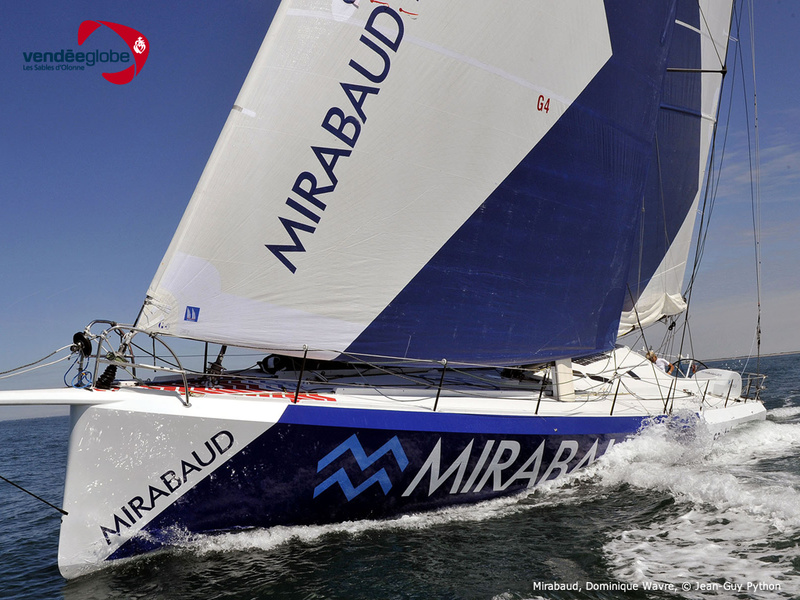
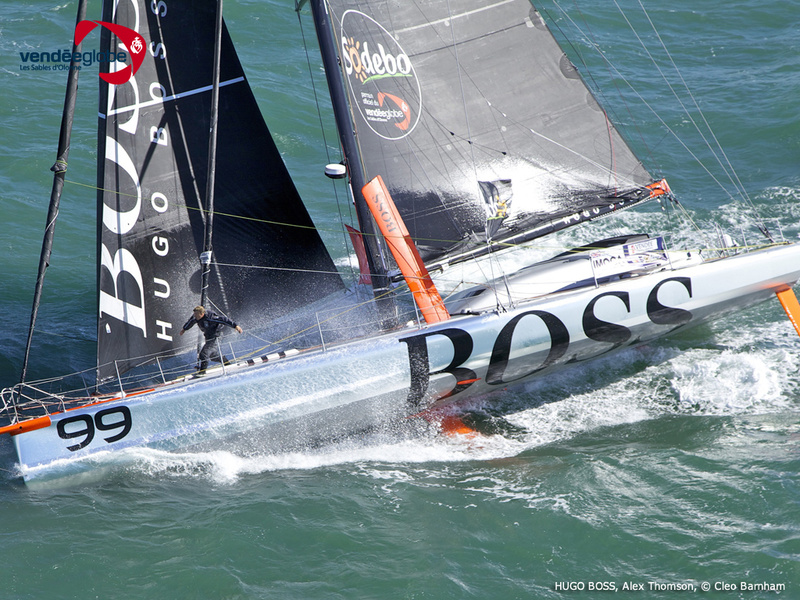

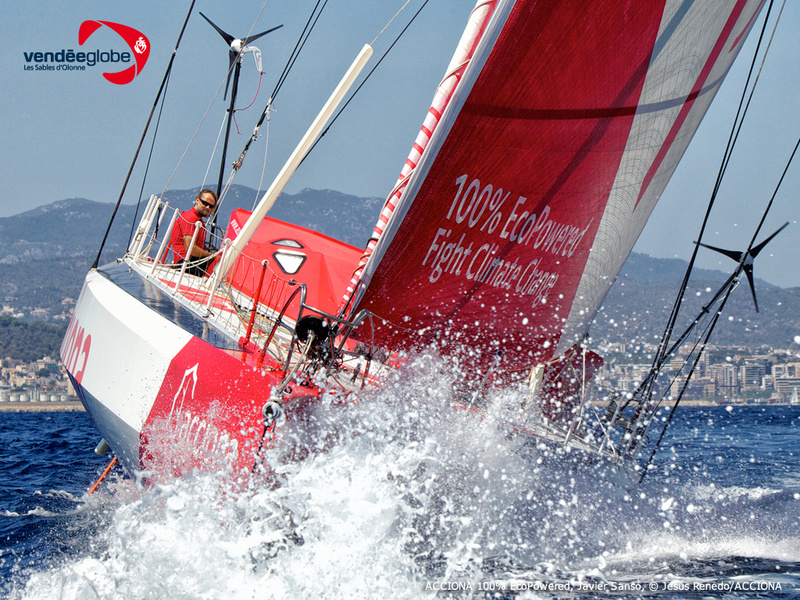

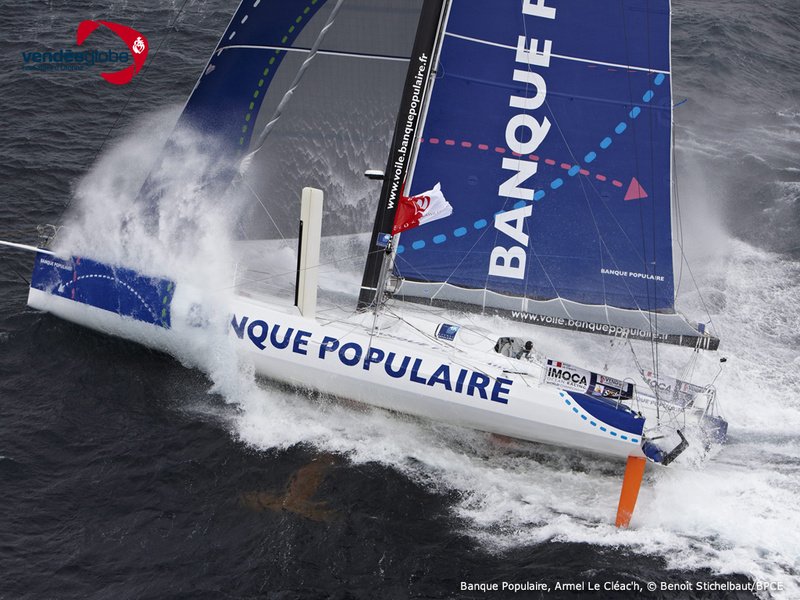

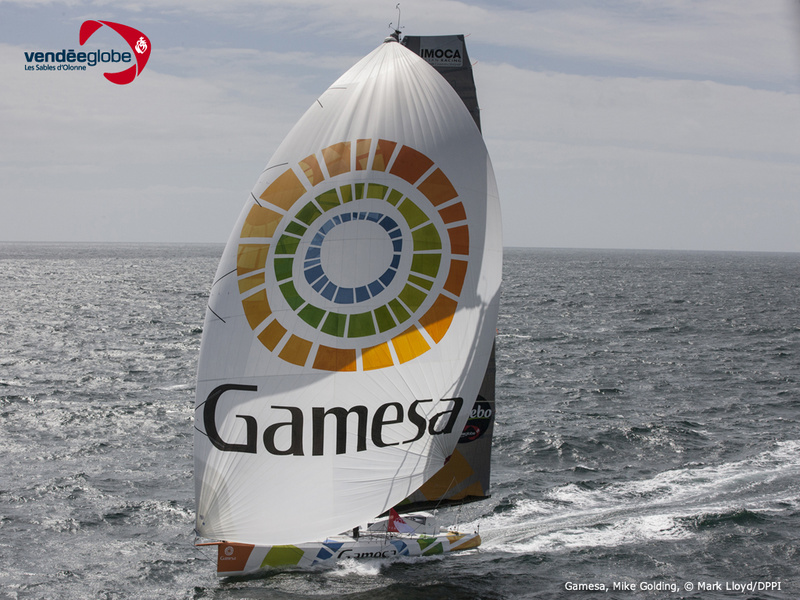
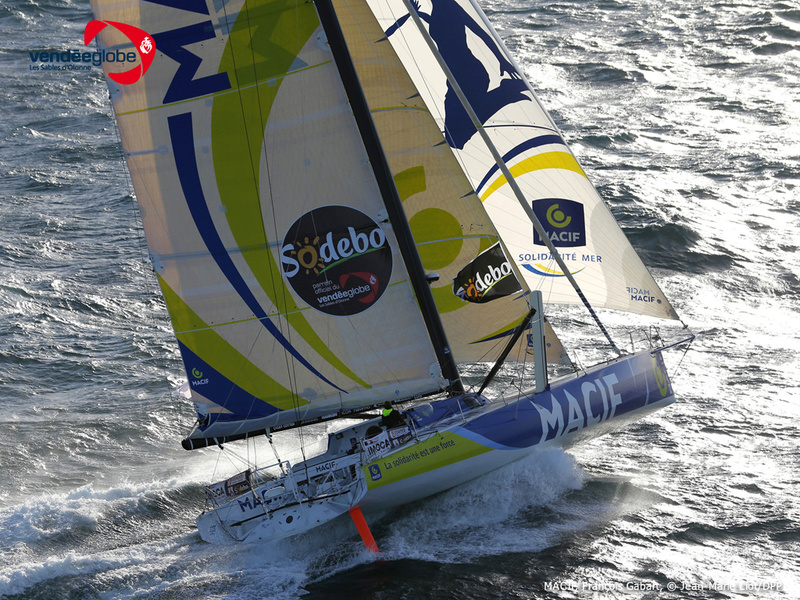

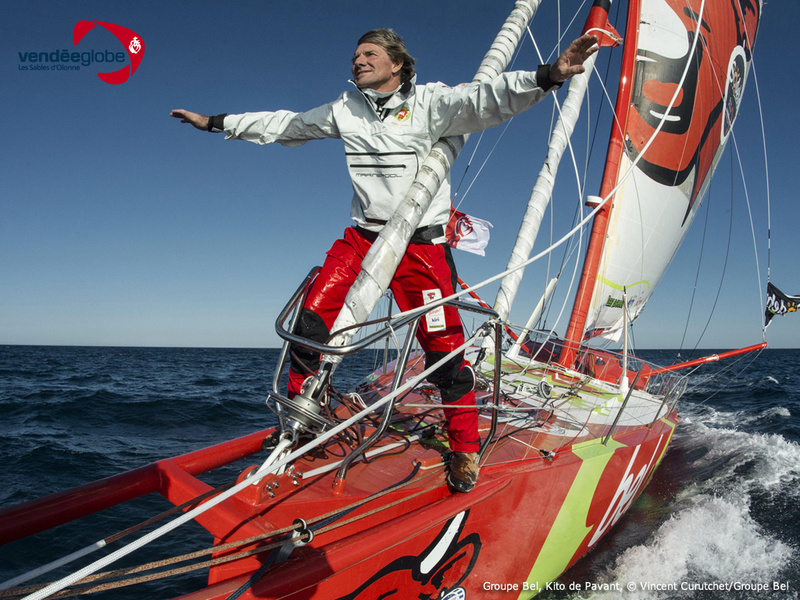



You can follow the movement of your yachts online on a special website: http://tracking2012.vendeeglobe.org/en/

